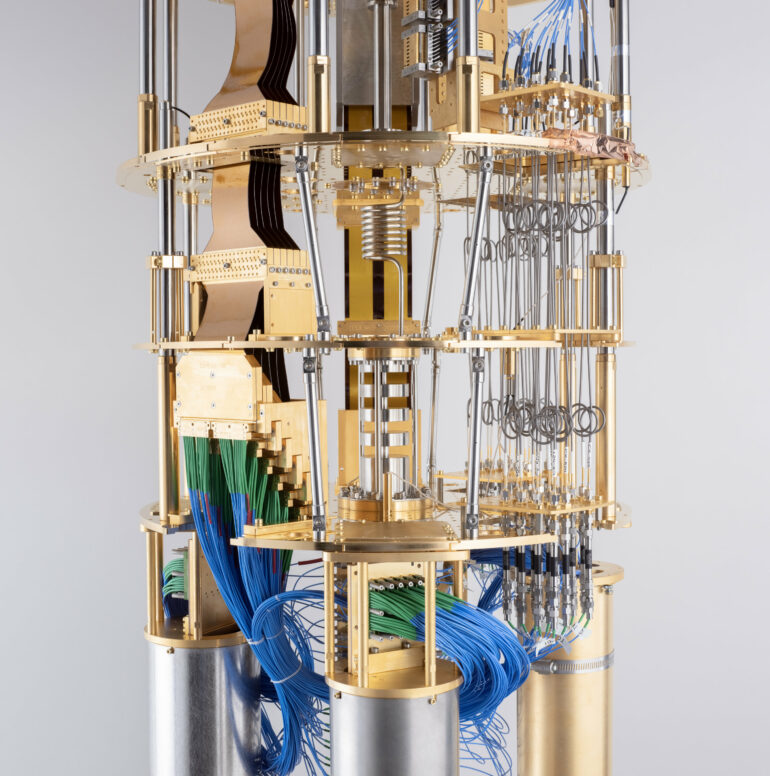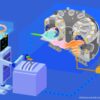Quantum computing has been hailed as a technology that can outperform classical computing in both speed and memory usage, potentially opening the way to making predictions of physical phenomena not previously possible.
Many see quantum computing’s advent as marking a paradigm shift from classical, or conventional, computing. Conventional computers process information in the form of digital bits (0s and 1s), while quantum computers deploy quantum bits (qubits) to store quantum information in values between 0 and 1.
Under certain conditions, this ability to process and store information in qubits can be used to design quantum algorithms that drastically outperform their classical counterparts. Notably, quantum’s ability to store information in values between 0 and 1 makes it difficult for classical computers to perfectly emulate quantum ones.
However, quantum computers are finicky and have a tendency to lose information. Moreover, even if information loss can be avoided, it is difficult to translate it into classical information—which is necessary to yield a useful computation.
Classical computers suffer from neither of those two problems. Moreover, cleverly devised classical algorithms can further exploit the twin challenges of information loss and translation to mimic a quantum computer with far fewer resources than previously thought—as recently reported in a research paper in the journal PRX Quantum.
The scientists’ results show that classical computing can be reconfigured to perform faster and more accurate calculations than state-of-the-art quantum computers.
This breakthrough was achieved with an algorithm that keeps only part of the information stored in the quantum state—and just enough to be able to accurately compute the final outcome.
“This work shows that there are many potential routes to improving computations, encompassing both classical and quantum approaches,” explains Dries Sels, an assistant professor in New York University’s Department of Physics and one of the paper’s authors. “Moreover, our work highlights how difficult it is to achieve quantum advantage with an error-prone quantum computer.”
In seeking ways to optimize classical computing, Sels and his colleagues at the Simons Foundation focused on a type of tensor network that faithfully represents the interactions between the qubits. Those types of networks have been notoriously hard to deal with, but recent advances in the field now allow these networks to be optimized with tools borrowed from statistical inference.
The authors compare the work of the algorithm to the compression of an image into a JPEG file, which allows large images to be stored using less space by eliminating information with barely perceivable loss in the quality of the image.
“Choosing different structures for the tensor network corresponds to choosing different forms of compression, like different formats for your image,” says the Flatiron Institute’s Joseph Tindall, who led the project. “We are successfully developing tools for working with a wide range of different tensor networks. This work reflects that, and we are confident that we will soon be raising the bar for quantum computing even further.”
More information:
Joseph Tindall et al, Efficient Tensor Network Simulation of IBM’s Eagle Kicked Ising Experiment, PRX Quantum (2024). DOI: 10.1103/PRXQuantum.5.010308
Provided by
New York University
Citation:
Researchers show classical computers can keep up with, and surpass, their quantum counterparts (2024, February 9)



